TED Talks In this short talk, TED Fellow Sarah Parcak introduces the field of "space archeology" -- using satellite images to search for clues to the lost sites of past civilizations.
The uses of geospatial technologies is NOT limited to studying geography, but it is the bedrock of many research projects that involve spatial thinking (as demonstrated in this TED talk). Geographic principles and geographers can be very important members of interdisciplinary teams.
Tags: spatial, remote sensing, geospatial, TED, MiddleEast, historical.



 Your new post is loading...
Your new post is loading...



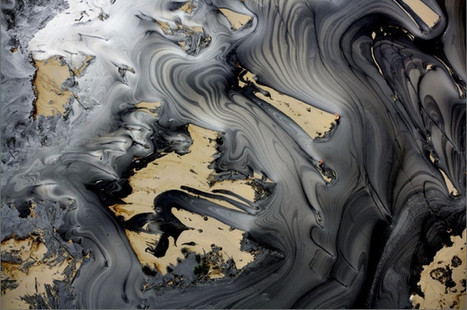
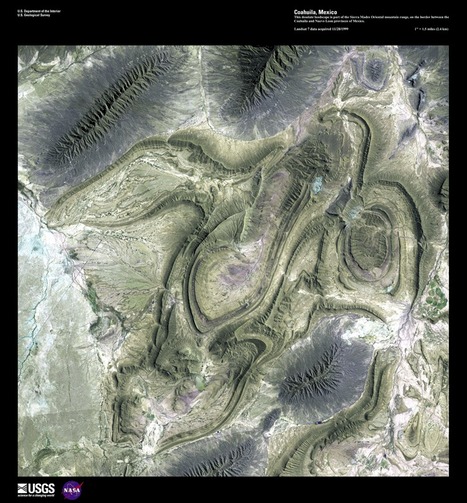

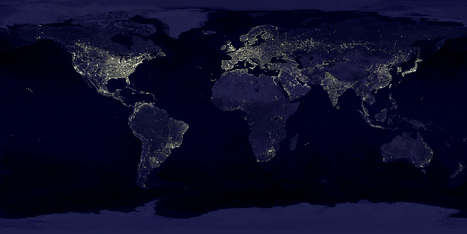


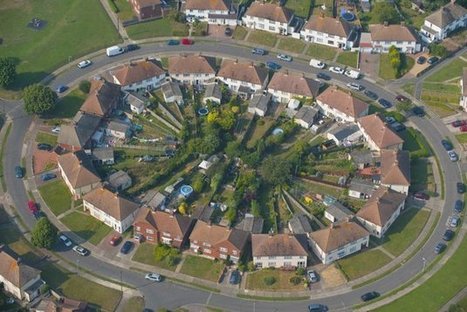
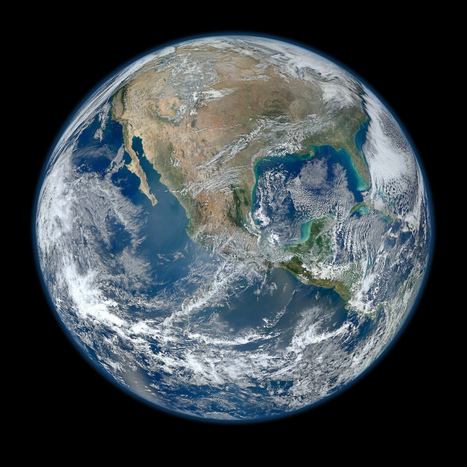
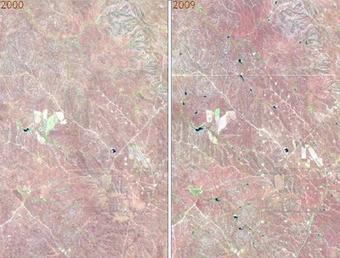

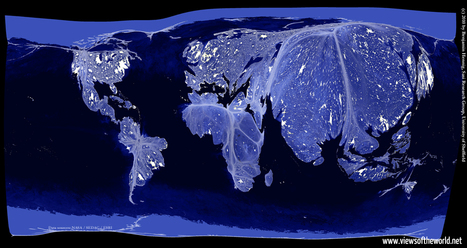






This sounds really intruging to me; I have heard of astroarchiology before in the aplication of finding undiscovered large objects (cities, towns sttlements) by using satellites to map deviations in teh earths surface accurately enough to distingush structures like a building foundation. I just find this sort of thing fascinating. I am still in awe that this dort of thing is possible.